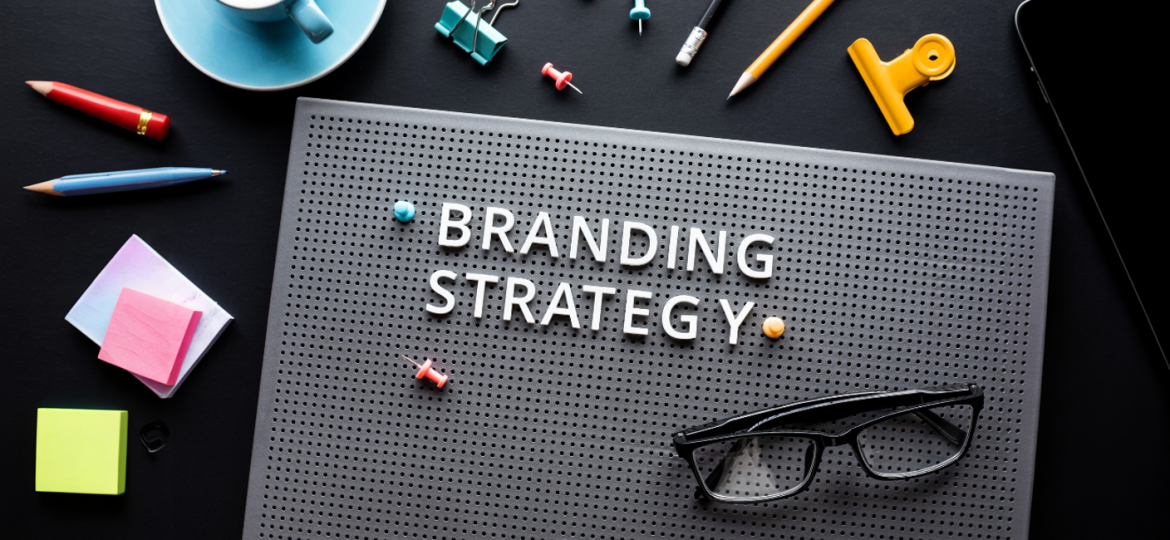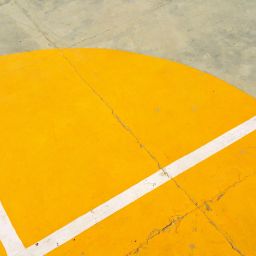
How to Leverage Good Design for Effective Branding
In a world where attention spans are shrinking and competition is fierce, the power of design can’t be overstated. Good design doesn’t just make things look nice—it shapes how people perceive your brand, how they feel about it, and ultimately, whether they decide to engage with you.
For businesses of all sizes, from startups to global brands, leveraging good design is key to creating an identity that stands out and leaves a lasting impression. But what exactly does it mean to “leverage good design,” and how can you put it into practice?
Let’s explore how to harness the power of design to build a brand that truly resonates.
1. the Role of Design in Branding
Branding is more than just a logo or a catchy slogan. It’s the sum of how people perceive your business—your values, your personality, your promise to the customer. And design is the visual language that communicates all of this.
Think of design as the visual storyteller of your brand. From your logo and color palette to your website layout and social media graphics, every element of your design sends a message. It’s how you show, who you are and what you stand for.
A thoughtfully designed brand can:
- Convey professionalism and credibility
- Differentiate you from competitors
- Evoke the right emotions in your audience
- Foster trust and loyalty over time
2. Define Your Brand’s Visual Identity
Before you can leverage design for effective branding, you need to define your visual identity, the distinctive look and feel that will set you apart.
A well-designed brand identity ensures:
- Logo: Your logo is the cornerstone of your visual identity. It should be simple, memorable, and reflect your brand’s core personality.
- Color Palette: Colors carry powerful psychological associations. Think carefully about what emotions and values your color choices communicate.
- Typography: Fonts also have a voice, playful, modern and elegant. Choose typography that aligns with your brand tone.
- Imagery: The style of your photos and graphics should be consistent and support your brand story.
- Graphic Elements: From patterns to iconography, these small touches can bring unity to your visual language.
3.Why Consistency is King
Imagine seeing a brand’s website in one style, their social media in another, and their packaging in yet another. Confusing, right? Consistency ensures that wherever your audience interacts with your brand, they get the same experience.
Here’s why consistency matters:
- Recognition: When your visuals are consistent, people remember you.
- Trust: Consistent branding makes your business feel more reliable and professional.
- Clarity: It helps customers understand who you are and what you offer.
4. The Emotional Power of Design
Design is emotional. Colors, shapes, and imagery work together to spark feelings—whether it’s excitement, calmness, trust, or curiosity.
Here’s how to use design to tap into your audience’s emotions:
- Color psychology: Colors can convey feelings (e.g., blue for trust, red for passion).
- Typography: Fonts can communicate tone (e.g., modern, playful, elegant).
- Imagery: Authentic, high-quality visuals add a human touch and support your brand story.
The more your design aligns with your audience’s values and aspirations, the deeper the connection.
5. User Experience (UX) is Part of Your Brand
Good design isn’t just visual, it’s also functional. User experience (UX) is a critical part of effective branding. If your website or digital experience is confusing or cluttered, it reflects poorly on your brand.
Key UX considerations:
- Clear, intuitive navigation: Make it easy for users to find what they’re looking for.
- Responsive design: Ensure your visuals look great on any device.
- Fast loading times: No one likes to wait. Speed matters!
- Accessibility: Make your brand inclusive by designing for all users, including those with disabilities.
6.Tell Your Story Through Design
Your brand has a story—good design helps you tell it visually. Whether you’re a startup with a bold new idea or an established business with a rich history, your visuals should reflect that narrative.
- A sustainable clothing brand might use earthy colors and natural textures to reflect its eco-friendly mission.
- A cutting-edge tech startup might opt for minimalist designs and futuristic typography.
7. Differentiate Yourself in a Crowded Market
In today’s crowded marketplace, standing out is essential. Design is one of the most powerful tools you have to differentiate your brand.
Here’s how to use design to stand out:
- Be bold: Don’t be afraid to take creative risks with your visuals.
- Be strategic: Make sure every design choice aligns with your brand’s values and voice.
- Be authentic: Your design should reflect who you truly are—not just what’s trendy.
8. Invest in Professional Design Help
While DIY tools can be helpful, investing in professional design can make a world of difference. A skilled designer can translate your brand’s essence into visuals that not only look stunning but also strategically communicate your values.
Whether it’s your logo, website, or marketing materials, remember: your visuals are often the first thing people see. Make them count
- Start with a brand style guide – Document your colors, fonts, imagery styles, and logo usage to ensure consistency.
- Audit your visuals – Look at all your digital and physical touchpoints (website, social media, packaging). Are they cohesive? Do they align with your story?
- Focus on simplicity – Clean, uncluttered designs are more impactful and easier to remember.
- Invest in professional design help – A skilled designer can bring your brand vision to life in ways that DIY tools can’t.
- Stay adaptable – Design trends and technologies evolve. Stay open to refreshing your visuals while staying true to your brand.
9. Case Studies: Brands That Nail Design and Branding
Let’s look at a couple of real-world examples to see how great design elevates branding:
Airbnb: Their visual design is warm, inviting, and user-friendly, perfectly aligned with their brand promise of belonging and community.
Coca-Cola: Decades of consistent red and white visuals, paired with the signature script logo, make this one of the world’s most recognizable brands.
Warby Parker: A sleek, modern design aesthetic on their website and stores reinforces their fresh approach to eyewear.
These brands understand that design is a key brand asset, one that needs to be nurtured and maintained.
Conclusion: Design as a Brand Superpower
In a world full of choices, good design can be the difference between blending in and standing out. It’s not just about making things look pretty. it’s about communicating your brand’s story, values, and personality in a way that resonates with your audience.
By investing in thoughtful, strategic design, you’re investing in your brand’s future. You’re creating a visual identity that people remember, trust, and connect with, one that sets you apart and keeps you top of mind.














